Hi there, welcome. Have you ask yourself, how do my ovaries work? if your answer is yes, I have good news for you. In this post we are talking about all related to ovaries, Hormonal cycle, most common cysts and more, and all you need to know about ovulation.
As you probably know the ovulation process is the beginning of a pregnancy, so if you want to learn something fascinating today keep reading.
In addition to their role in producing egg cells, the ovaries also have the distinction of being an endocrine gland because they secrete hormones primarily estrogen and progesterone, that are vital to normal reproductive development and fertility in females.
Anatomy of the Ovaries
Related post: All you need to know about ovulation.

Let’s begin..
Ovaries
Normal hormonal cycle and ovulation.
Follicle stimulating hormone (FSH) is found in the first half of the cycle or follicular phase, this hormone stimulates the growth of multiples follicles in the ovary, however only one ovarian follicle emerges at day 9 of the cycle, that follicle is known as Dominant follicle, other follicles on the ovary stop growing and then eventually regrets. The Luteinizing hormone (LH) surge from the pituitary gland on about day 14 and causes ovulation from that single dominant ovarian follicle. During the second half of the cycle or luteal phase, after the follicle is released from the dominant follicle the corpus luteum is formed, this structure releases hormones, mainly progesterone and some estrogen. Those two ovarian hormones prepare the endometrium for possible implantation of a fertilized egg.
So here is a summary:
- First hypothalamus Produce Gonadotropin Releasing Hormone or GnRH.
- Second Anterior Pituitary Produce FSH and LH.
- And finally Ovarian follicles start producing Estrogen and the corpus luteum starts producing Progesterone.
All hormones are crucial on the monthly menstrual cycle, the ovarian Hormones finally prepares the endometrium for possible implantation.
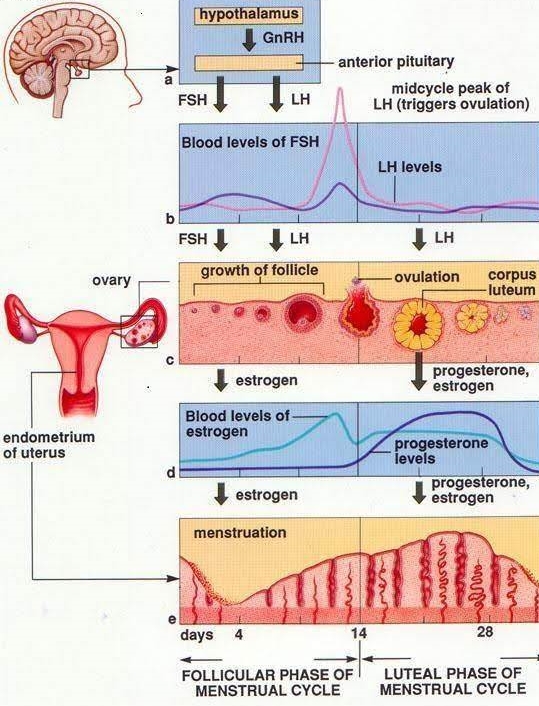
Like this post, share it here!
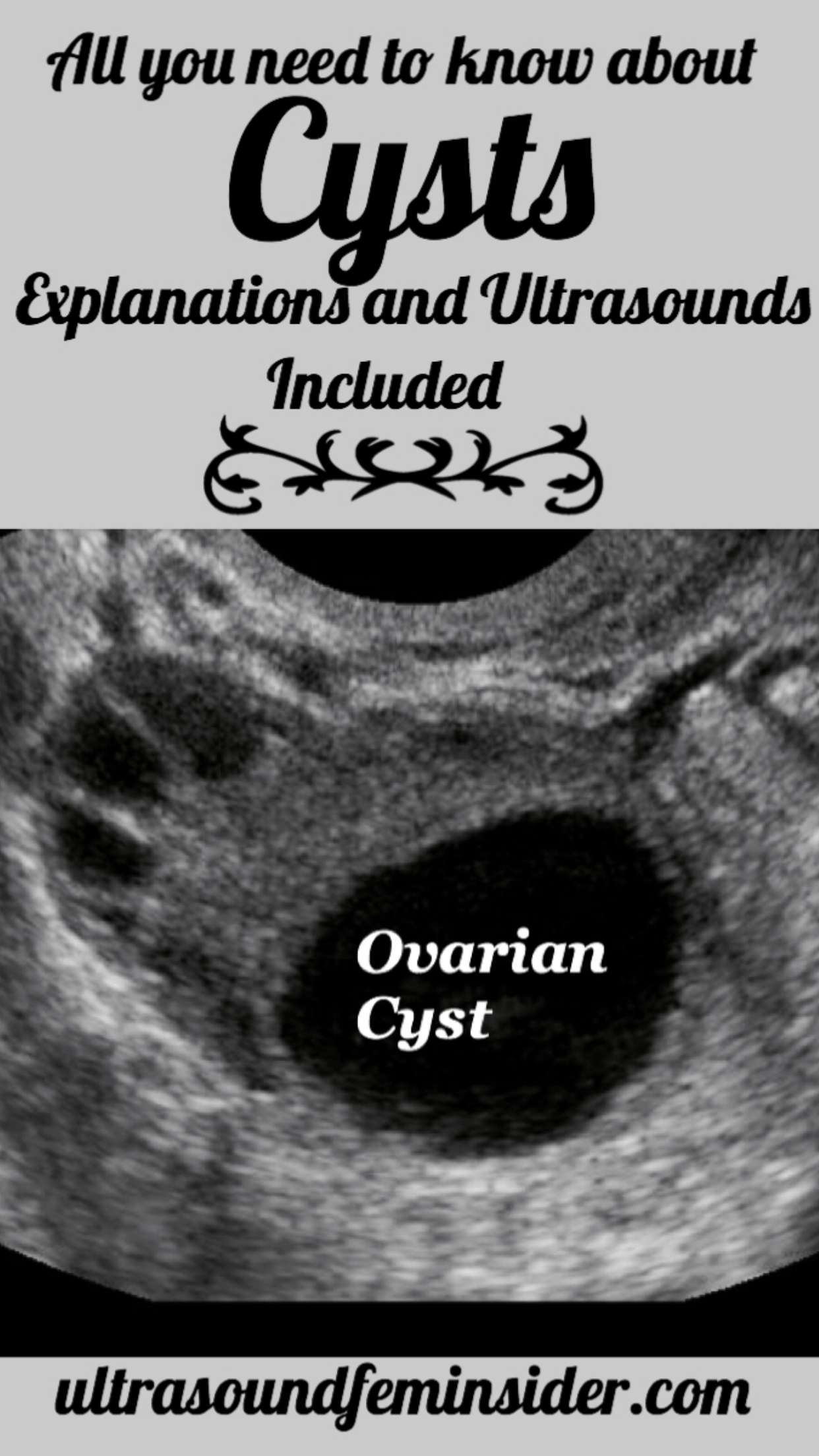
More information about ovarian follicles. Ultrasound images of the ovaries starts here.
Ovaries, dominant follicle.
- A single ovarian follicle that enlarges between day 9 and day 14 on the cycle.
- The diameter increases from 1 cm to 2 cm during that time.
- When the diameter increases to 2 cm ovulation is expected to happen within the next 24 hours.
- Following ovulation a small amount of free fluid could be seen at the pelvis.
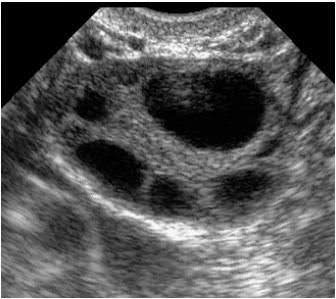
Ovaries, hemorrhagic ovarian cysts.
- A hemorrhagic cyst develops from a follicle or a corpus luteum by spontaneous rupture of blood vessels into the cystic cavity.
- This type of cyst contains blood clots or fibrin strands.
- This cyst will usually change its internal appearance and/or diminish in size.
- Bleeding within cystic lesions strongly suggest Benign nature.
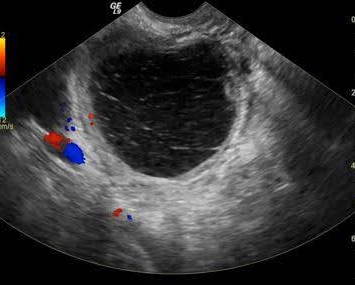
Corpus luteum cyst ( most important cyst if you desire a pregnancy)
- After ovulation, the empty cavity of the ruptured follicle is gradually filled by luteal cells.
- This cyst is usually less than 2.5 cm in diameter however it can grow up to 8 cm in diameter, in this case, if a pregnancy occurs a follow-up Ultrasound is recommended to check the size of the cyst to prevent an Ovarian Torsion, but the pregnancy should be fine.
- This cyst is in charge of producing Progesterone, an important hormone for preparing the Endometrium for a possible pregnancy.
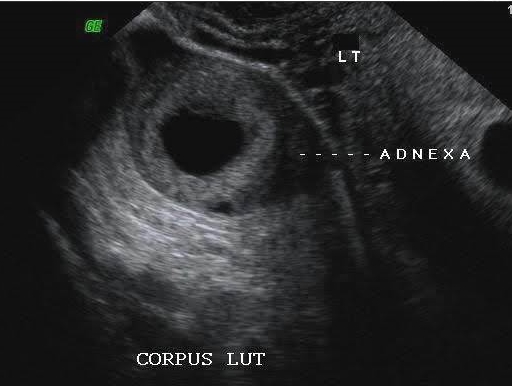
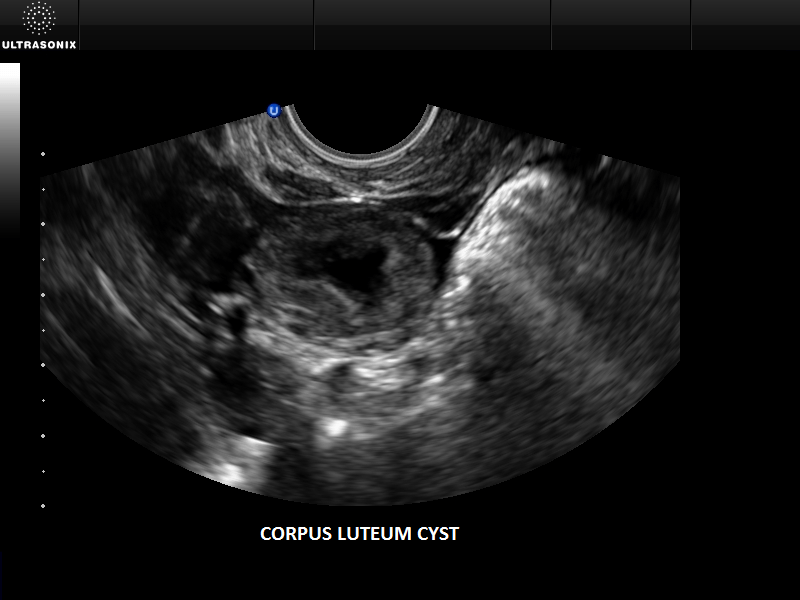
A small summary about abnormal ovarian cyst.
Theca lutein cyst is a hormone related lesion that may develop because of an abnormal/sudden increased of Human chorionic gonadotropin (HCG), This can be related to normal causes like Multiples pregnancies (TWINS etc..), but can also be related to Abnormal diseases like:
- Hydatiform Mole.
- Choriocarcinoma.
- Maternal fetal RH incompatibility.
- Diabetes.
- Some autoimmune diseases.
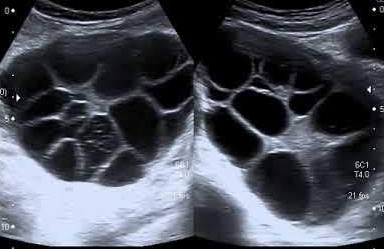
Read related topics:
All about uterus, fallopian tubes and ovaries.
Uterine Fibroids, how to naturally treat and prevent them.
All you need to know about early gestation.
Cause of infertility related to the ovaries.
Polycystic ovaries or PCOS.
Polycystic ovarian disease or PCOS is also known as choric anovulation syndrome, wherein dysfunctional hormonal cycles lead to chronic anovulation usually beginning at menarche. Clinical manifestation can include :
- Hirsutism.
- Obesity.
- Infertility.
- Abnormal periods.
With PCOS an increase of LH, Testosterone, and Androstenedione is usually found.
On patients with isolated Infertility caused by PCOS a medical treatment with Clomiphene citrate to induce ovulation can solve the problem.
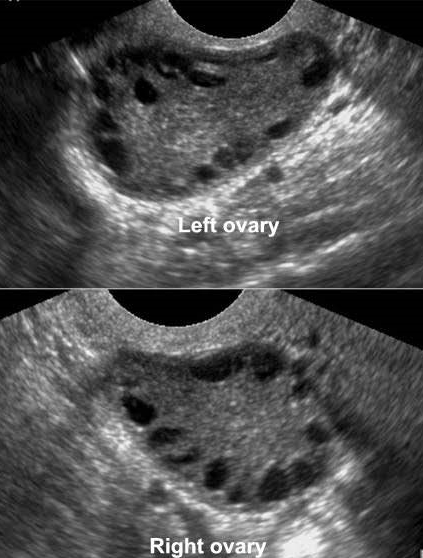
As you can see many things has to occur for a pregnancy to happen.
How can you know if you are ovulating?
well, the most important signs of Ovulation are:
- A slight rise in basal body temperature.
- Wet and slippery vaginal discharge that has the appearance of egg whites.
- Slightly increased in sexual desire.
Functional cysts are usually harmless, rarely cause symptoms and often disappears on their own within 2 or 3 menstrual cycles.
Types of cysts that are not related to menstrual cycles.
- Dermoid cysts: Also known as Teratomas, these types of cysts can contain tissue, such as hair, skin or teeth, because they form from embryonic cells. They are rarely cancerous.
- Cystadenomas: These develop on the surface of the ovary and might be filled with watery or a mucous material.
- Endometrioma: These develop as a result of a condition known as ENDOMETRIOSIS which is when endometrial cells grow outside of the uterus.
- Paraovarian cyst: A cyst that is found near the fallopian tubes or the ovaries, contains a defined membrane, they can go on their own or has to be surgically removed.
Ultrasound images of those ovarian cysts.
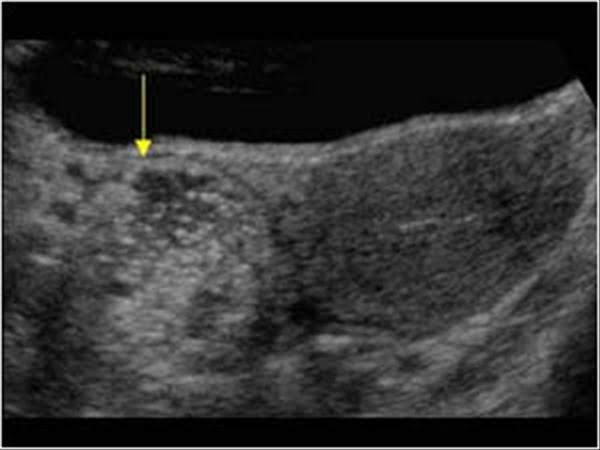
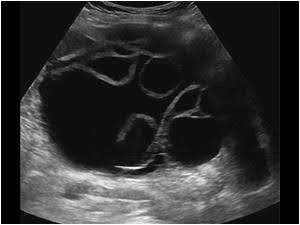
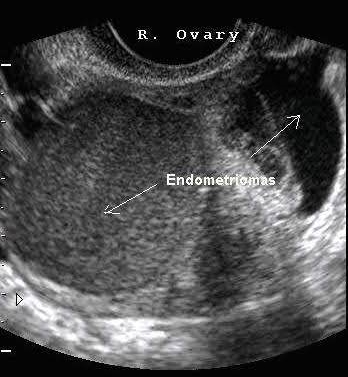
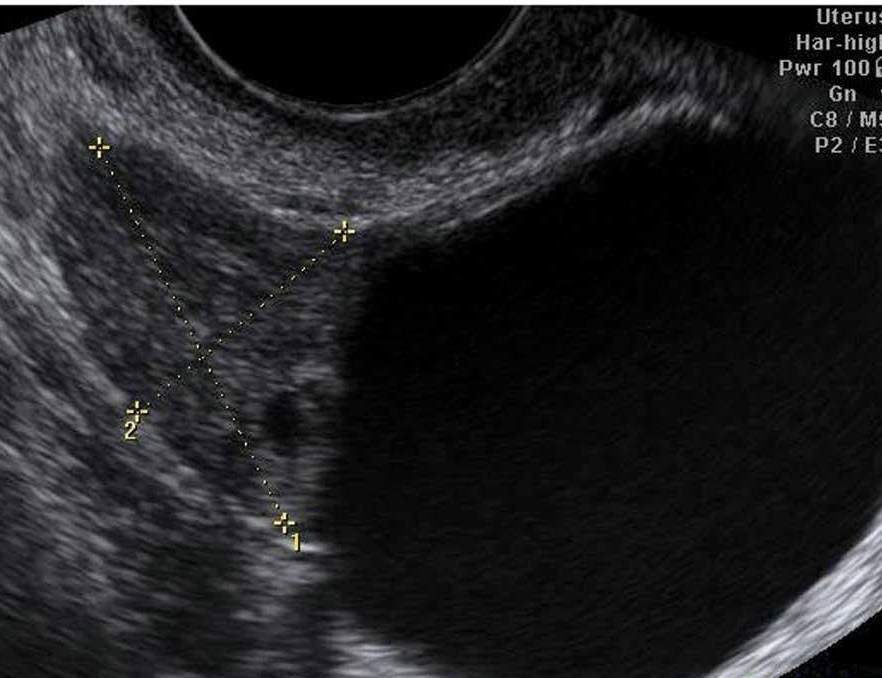
The most remarkable complications of large ovarian cysts can be:
Ovarian torsion or Cyst Ruptured, for this reason an ultrasound is also helpful to monitor ovarian cyst.
Final thoughts about Ovarian Cysts.
OK so this concludes Ovaries, I hope you enjoy my post and I want to encourage you to always check with your Gynecologist to Rule out any problems if you are not getting pregnant easily, keep in mind all women are different. I will see you in my next post, I will officially start pregnancy.
Zadi. xo
Disclaimer: The information provided on this blog is designed to provide helpful information about the topic and are made with the best of my knowledge, therefore, is not intended to diagnose or treat any medical condition, For diagnosis or treatments on any medical problems consult a physician. The author is not responsible or liable for any mistreated pathologies or wrong treatments.

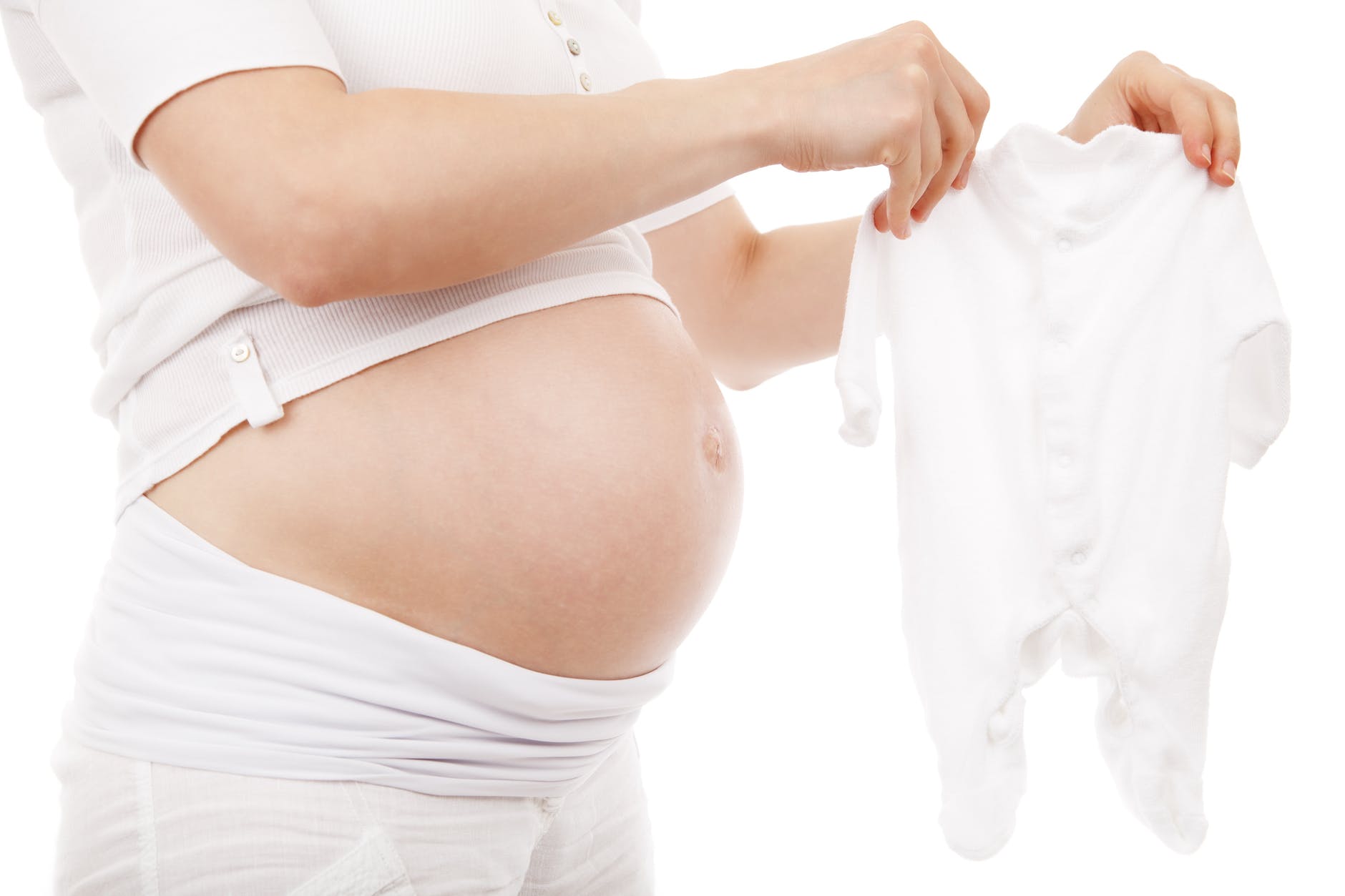








I love the information you put in this ! Before I decided what I was going to school for I wanted to do ultrasound but not to many places where I live offer classes close ! So it’s awesome that you put great information on here . When I was pregnant with my son I loved going to get my sonograms done I love the look of it ! I’m planning
On having another one soon so when I do I will know exactly what everything is ! ??
Thank you my love, I genuinely love what I do and I really enjoy it, before starting to blog I was confused I didn’t know about what to write because I also love home decor and fashion but at the end I decided to go for my career because I feel a lot of women can use my knowledge for their own benefit!!!
Yes I completely agree . I was the same when I started blogging but you are great ! Make another blog page with fashion and home decor together (: I have been in the depo since I’ve had my son and I’m trying for another baby but it’s taking longer then expected I just hope I’m not having any problems !
Get yourself checked to rule out ovarian cysts , fibroids or polyps, once you have that out of the picture, you should make sure that you are ovulating , then just nourish your body and don’t get to stress about it , if you are healthy it will happen, but first check with your gynecologist first !!
Okay! I definitely will do that ! Thank you so much and you will definitely be successful with your blogging ??
Thanks, same to you , and keep me posted , and mostly let me know when you get pregnant xo
I definitely will hun , thank you!
Ok, and I will also think in the idea of creating another blog as well as you tell me lol
Lol yes definitely do that I think it would be awesome!
This is so helpful and informative! Thank you for sharing!
You welcome dear, I am glad you find it informative that’s the intention
[…] Ovaries, hormonal cycles and common cysts. […]
[…] Ovaries, hormonal cycles, and common cysts. […]
[…] Ovaries, hormonal cycles and common cysts. […]
[…] Ovaries, hormonal cycles and common cysts. […]
[…] Ovaries, hormonal cycles and common cysts. […]
Generally I do not read post on blogs, but I would like to say that this write-up very forced me to try and do it! Your writing style has been surprised me. Thanks, very nice article.
Thanks, I am glad you like my blog.
Hi, Neat post. There is an issue along with your site in web explorer, might test this?IE nonetheless is the market chief and a big part of folks will miss your fantastic writing because of this problem.
I just could not leave your web site before suggesting that I really loved the usual info a person provide to your guests? Is going to be again frequently in order to check up on new posts
What? Happening i am new to this, I stumbled upon this I’ve found It positively useful and it has helped me out loads. I hope to contribute & help other users like its aided me. Great job.
I really love your site.. Great colors & theme. Did you make this website yourself? Please reply back as I’m hoping to create my own personal site and would like to know where you got this from or exactly what the theme is named. Appreciate it!